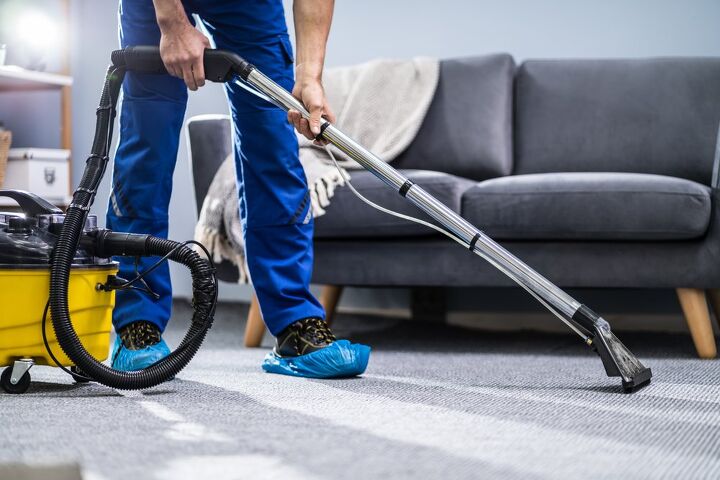
People often get confused about the cleaning methods for their carpets or rugs as they are vulnerable to trapping dust, dirt, allergens, and other air pollutants set deep in their fibres. Trapped dampness in carpets may result in mould growth – causing allergies and other health concerns. Moreover, vacuuming is not enough to get the job done.
Therefore, professional assistance is necessary to remove any dirt effectively. However, keeping costs in mind is another notable feature while choosing the carpet cleaning method. The following points will discuss the pros and cons of steam and encapsulation cleaning methods for carpets.
Steam Cleaning For Carpets And Why Is It Bad?
The steam cleaning process produces water vapours to go deep into the rugs and break down any grime or dirt – leaving the carpets wet in actuality and making it easy for mould to grow on the surface of carpets. Another main reason to avoid steam cleaning is the excessive consumption of water. Also, hot water damages the fibres of Persian or oriental rugs. Hence, choosing steam cleaning for domestic purposes might not be a good option.
What is Encapsulation Cleaning?
Clean carpets play a significant role in projecting a positive impression, be it domestic or commercial. Encapsulation Cleaning is one of the most popular methods to attain clean carpets and a healthy atmosphere.

Carpet Encapsulation is a short-term cleaning technique that ensures that all the dirt and grime is removed. In this method, a special detergent circulates via a scrubbing machine and brushes down the carpet. The solution covers each dust particle inside carpet fibres and crystallizes them. Now, when the dirt particles detach from the carpet fibres, regular vacuuming can remove them quickly.
Steam Cleaning V/S Encapsulation Cleaning
Steam cleaning uses truck-mount water extractions. Using an encapsulation technique can prevent gasoline use, save thousands of gallons of water, the burning of gas per year. burning of gas per year.
Encapsulation cleaning also makes the drying faster, leading to lesser chances of mould or bacteria growth. Hence, the technique saves people and the environment from harmful substances.
After the treatment of carpet stains with hot water extraction, wicking usually occurs. The remaining soil at the carpets’ bottoms moves up to the visible surface of the carpet as the water evaporates and makes the stain reappear. Encapsulation prevents carpet fibres from oversaturating, traps all the soil within the polymers, and finally vacuums them.
Lastly, encapsulation cleaning is very cost-effective as it can cover large surface areas fast with slight downtime and involves less labour.
For more about dry carpet cleaning vs steam cleaning, click here.
